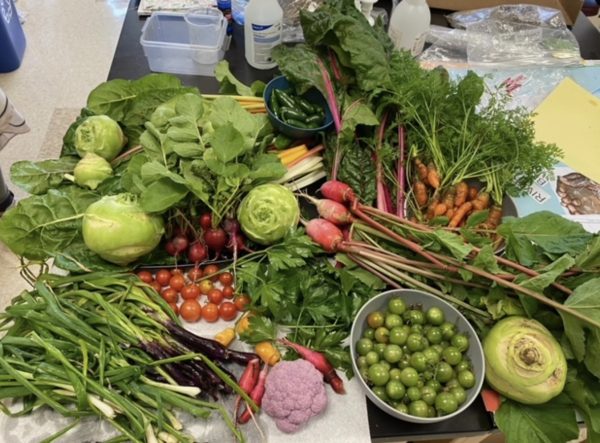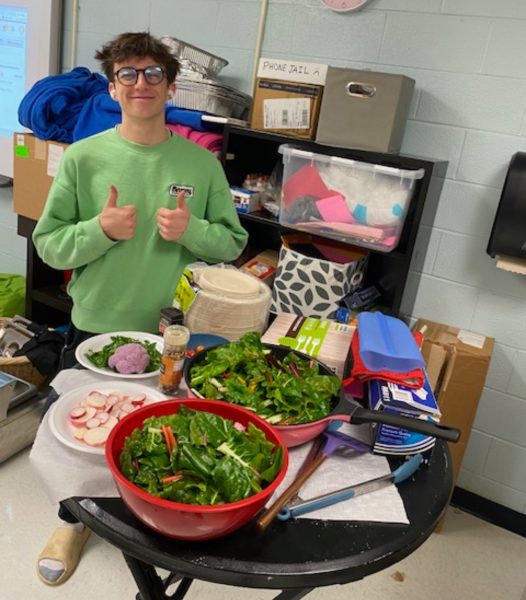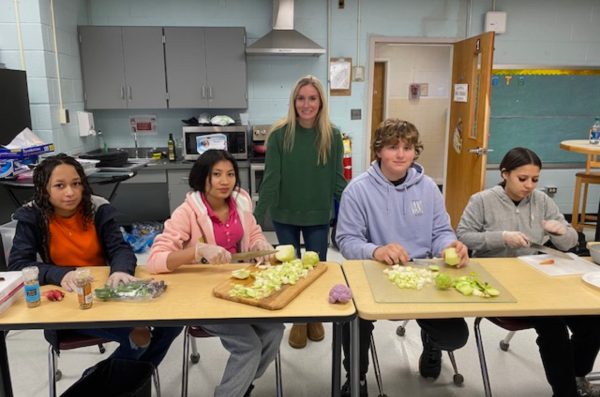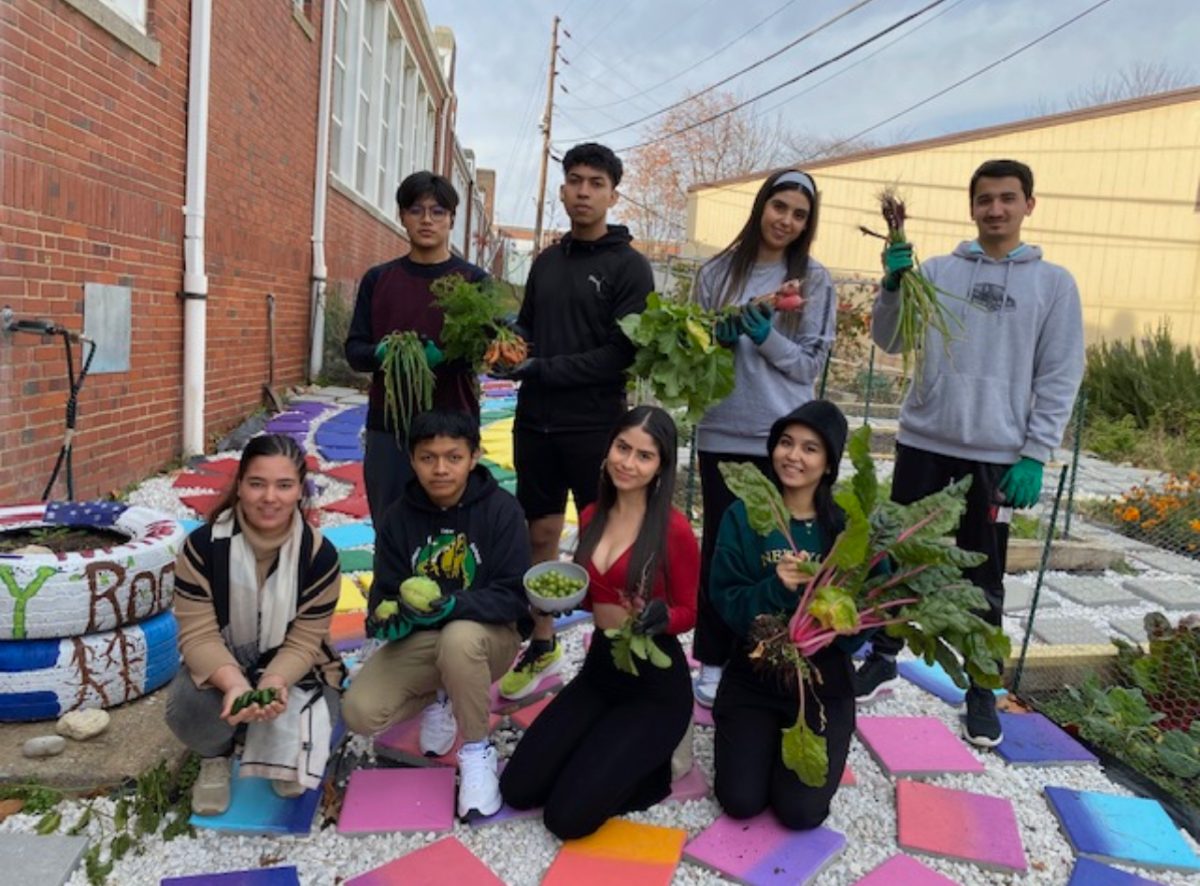November is Native American Heritage Month and it is also the month of final Fall Harvest for our Mt. View Community Garden.
Perspectives on Native American Heritage and lessons learned from native cultures.
- Native peoples have a natural intelligence about the land, resources and the environment. They know how to use the land and its resources in sustainable ways that do not degrade the
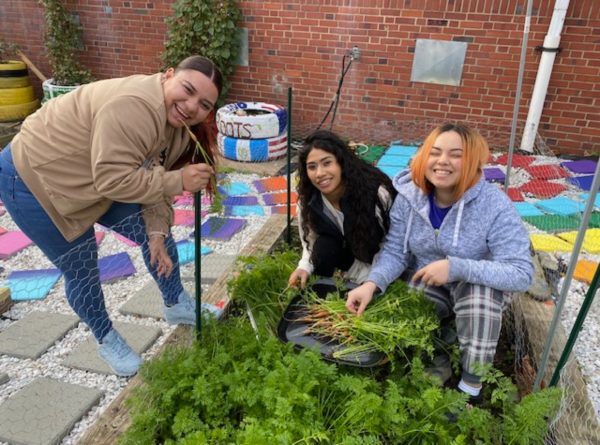
All Smiles with Ines, Berlin and Tati as they harvest the vitamin rich carrots. environment.
- We don’t survive without community; The first European settlers survived because they were able to benefit from the communal practices of harvesting the land and waterways that native peoples taught them.
- Example: Squanto in Plymouth Massachusetts
- Example: Pocahontas in Jamestown Virginia
Culture is always mixing; humanity has always valued the sense of Family, Love, and Respect that comes with being a member of a Tribe. A Tribe is an extended family or community. We learn best when we can learn from one another in a community of trust and collaboration. Too often the idea of “tribalism” can divide us because we use it to separate ourselves from the “other” perspective. When we see the possibility of building family together through the common human experience then we realize that it is possible to create a Tribe together.
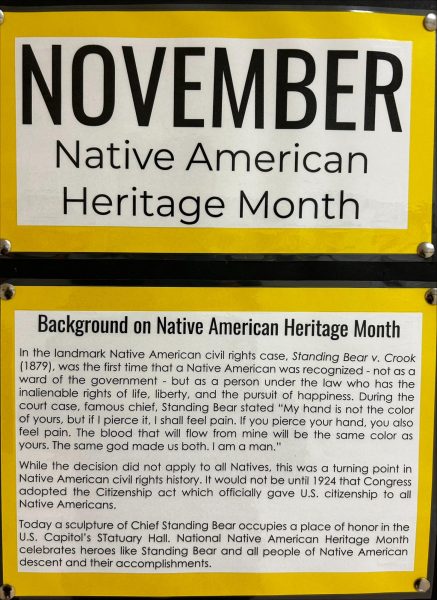
Students in Environmental Science are invited to share their perspective and experience in the school garden.
My Name is Lukas Migliore. I’m in the environmental science class and we’ve shown teamwork and unity during our harvest. 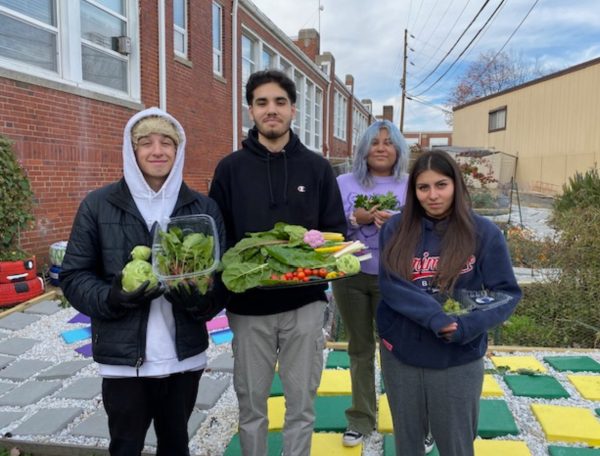
My family has some Cherokee blood that dates back to my great grandmother that taught my father some traditions and values that he has passed down.
Ms. Culik – I enjoy taking my students outside for hands-on learning because they are happy and engaged in their learning. I also get to learn from them and interact with them in different ways. Gardening creates a sense of community among my students because we are all working towards a common goal.
Mason Miller– Being in the garden helps me learn more about the cycle of plants, and how to take care of them. The garden also helps me learn better because it’s more hands-on learning, and that’s the best way for me to learn personally.
Kate Castro– I look forward to working in the garden because the garden is very relaxing and fun.
Brianna Rodriguez -gardening is fun and relaxing. Even if you’re not doing anything sitting there is nice.
Ignacio Moreno-the garden is peaceful.
Josh Sage– it was interesting growing purple cauliflower because before hand i never knew it existed
Bashar Ibrahim– I love the garden because it’s a peaceful place where I can connect with nature. It brings me joy to see the vibrant colors of the flowers. Gardening also allows me to be creative and nurture life.
Mauricio- I enjoyed planting my vegetables. learned to take care of them. Improved my creativity and I had a good time with my classmates.
Abdul Ghafoor Yousafzai – I really enjoy this class. It is very special when I plant my onions. This is very interesting for me and I wanna say thank you to Ms. Culik.
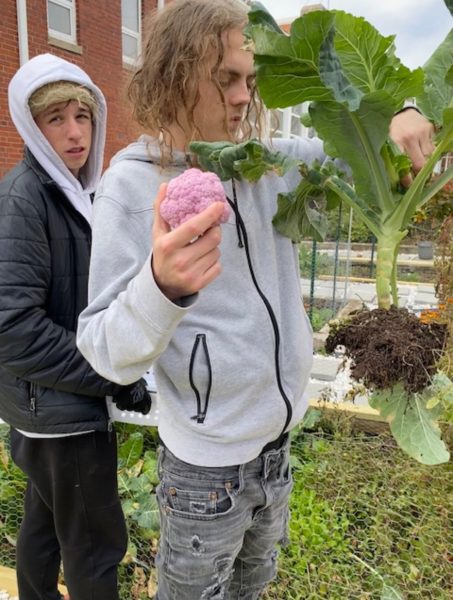
Josh Sage is pictured here with his classmate . He says it was interesting growing purple cauliflower because beforehand i never knew it existed.
Melany Lopez Perez– It is good that we have a garden at school because we can learn more about plants and living things, such as in the garden we have at school, it is very beautiful and there we can see the process of where the food we eat every day comes from.
Antoni Reyes: It is a very good feeling to work outside in the garden and that I can interact a little with the surrounding environment and put into practice and analyze what I learned in class.
Eduardo: I love the garden because I enjoy being there; especially when I am with my friends.
Mohra Wahidi – I love everything about this class and I really enjoy when I plant radishes because I had never raised vegetables, and I want to thank my kind teacher for everything(:
Madina Sarwari – This class is very happy and heartwarming for me. It is my first time going to school in America,and this class is teaching and you still work practically .it is for eating .This is a unique experience for me in life .Many thanks to the dear teacher she teaches us her tricks . This it the best part of my life thanks to my teacher.
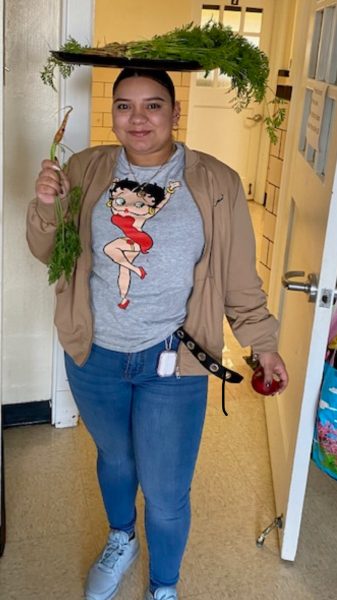
The value of getting our hands dirty and growing/harvesting/ eating our own food has been handed down throughout history.
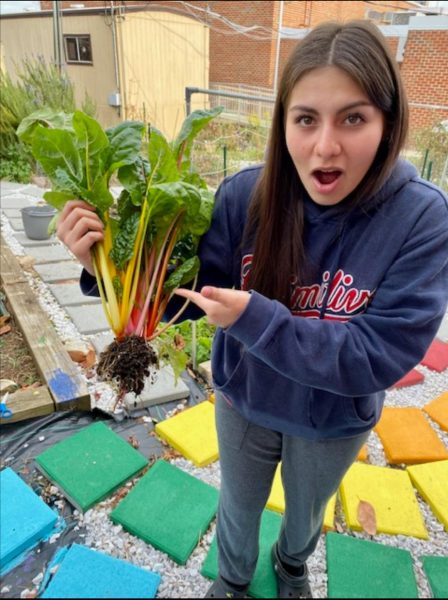
For many of us the natural elements serve as powerful connectors and healers in life. When we are attuned to the natural environment as a source of nourishment and refreshment, we are also in harmony with some of the best memories we have of family life and culture. The Mt. View Family comes together with memories of a variety of cultural perspectives and geographies. As we discussed this in Success Prep on Tuesday November 21st students had this to say about their memories harvesting the land.
In Afghanistan our family grew beans, carrots, cucumber. My family had lemon trees. We also had apple trees.
In Mexico, my family grew beans, apples, prickly pears, peaches, corn, plums.
In Guatemala my family grew tomatoes, peppers,cilantro, potatoes,corn, ayote, melons, and squash. Life is simple when you can grow your food fresh.
Most families had gardens and most towns have fresh markets to sell local produce.
In Dominica the climate is tropical and we are always growing something. Dominica is a place where Christopher Colombus first landed, unfortunately many native peoples of the islands died of diseases brought by the Europeans and their animals. Today Dominica is known for its coffee and sugar and tropical fruits.
In Fairfax County Virginia there are so many places for food but we recognize, like the native peoples have throughout human history, that there is healing power and community strength in growing our own food together. Schools across the county have been granted funds to establish outdoor learning centers and community gardens because of this restorative community building benefit.
